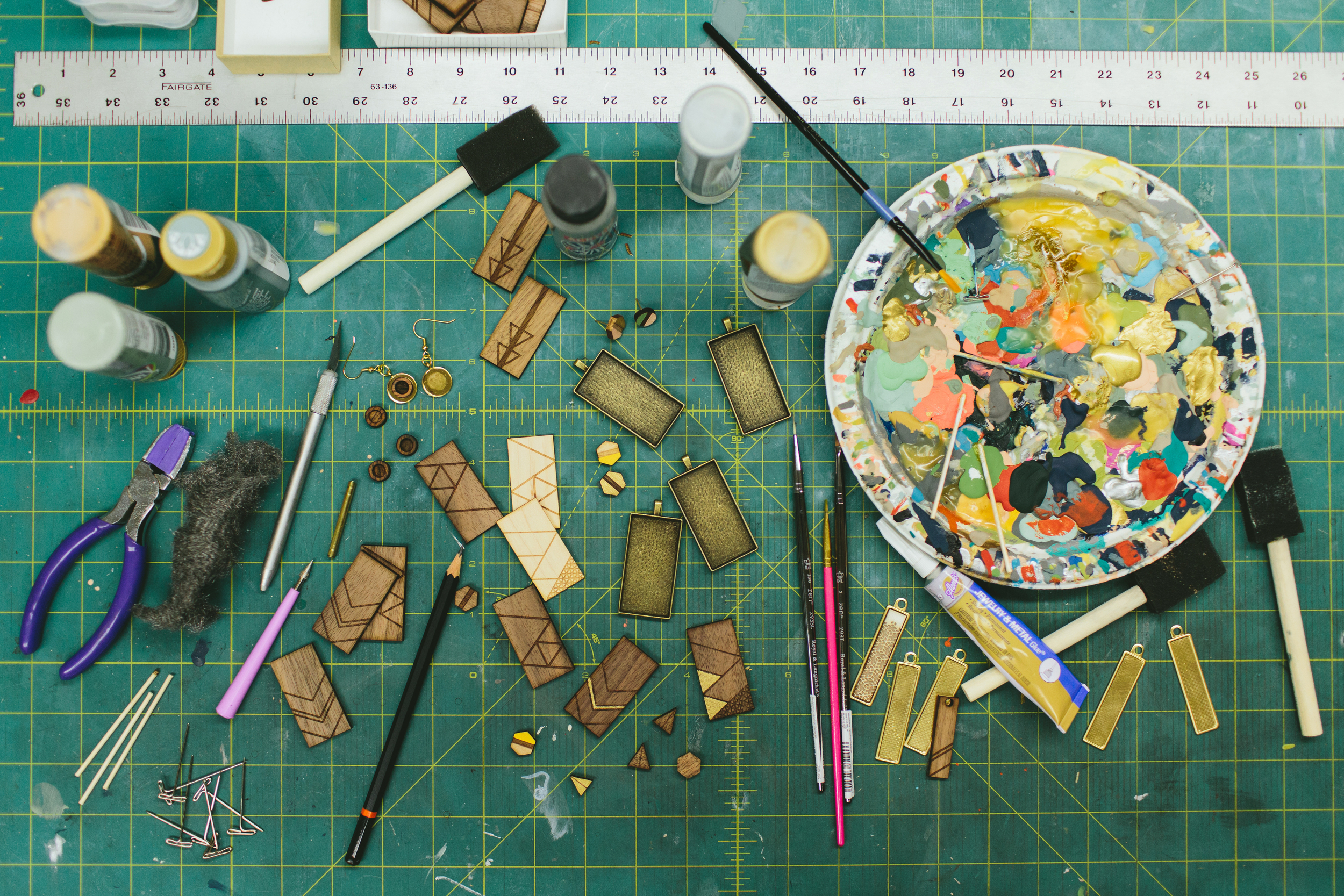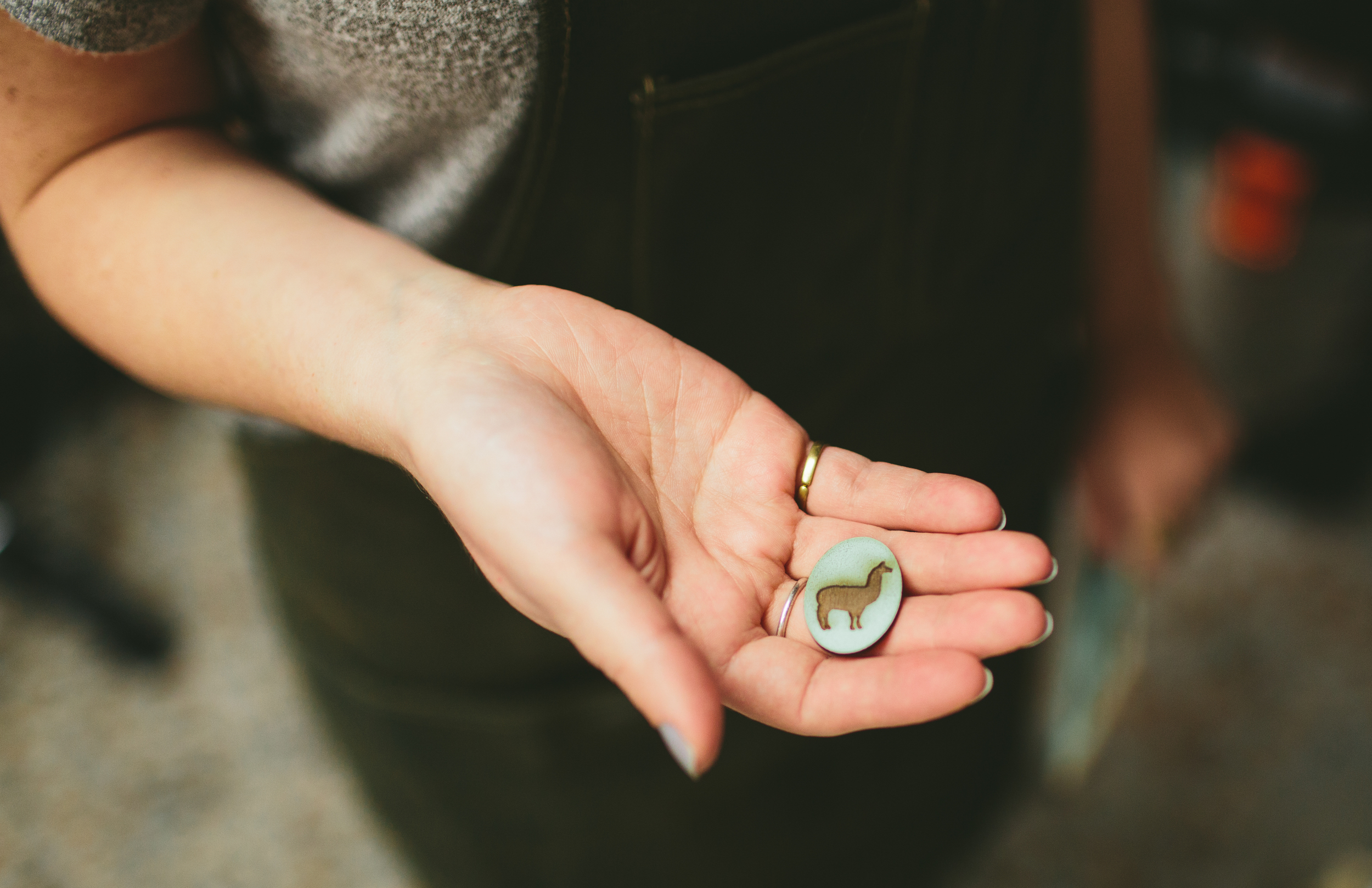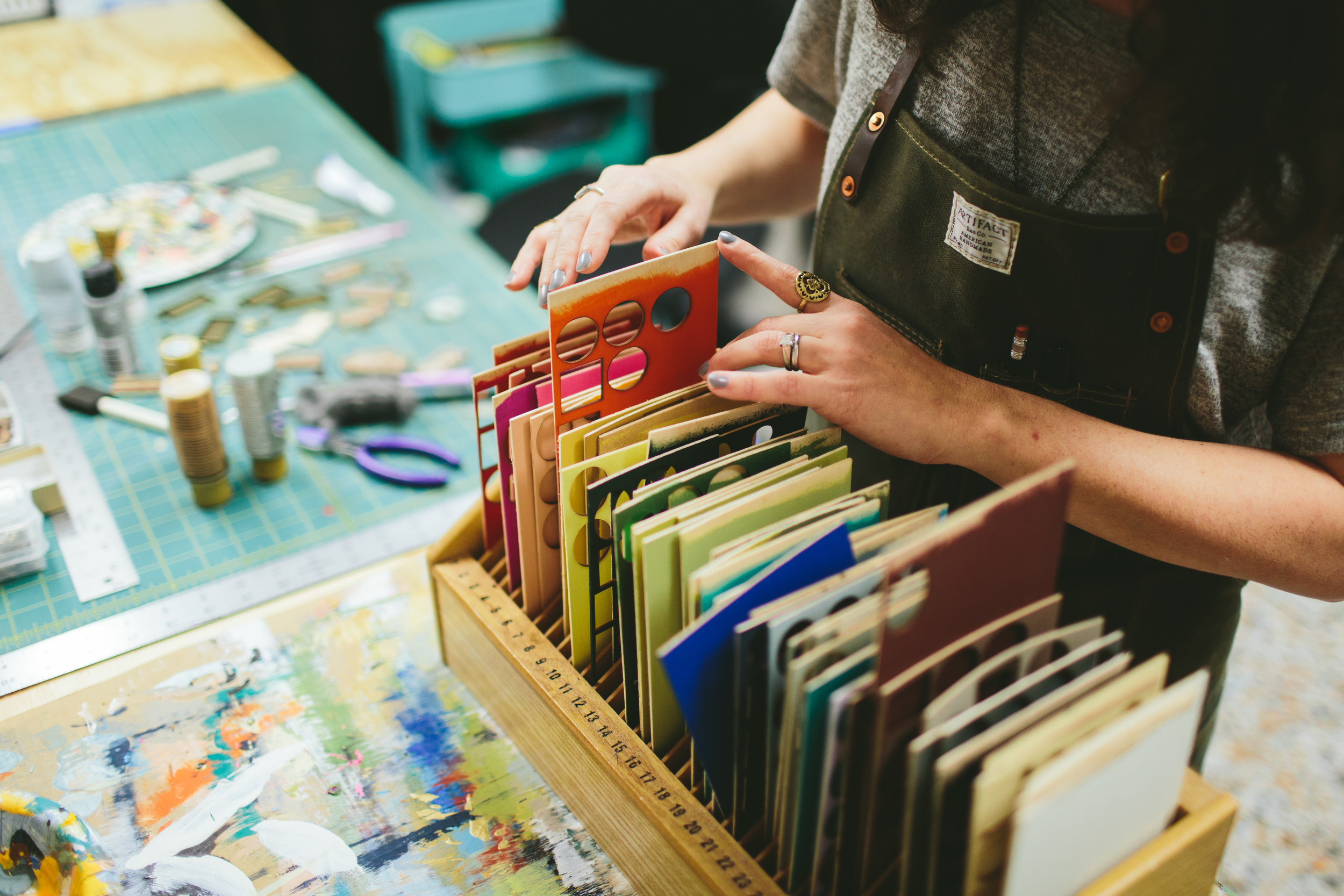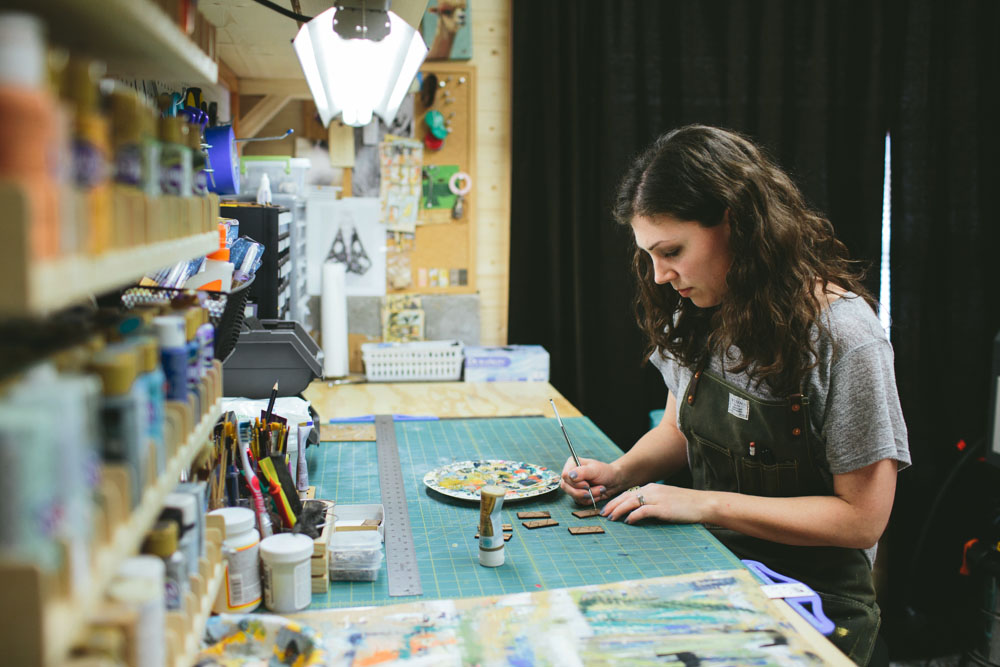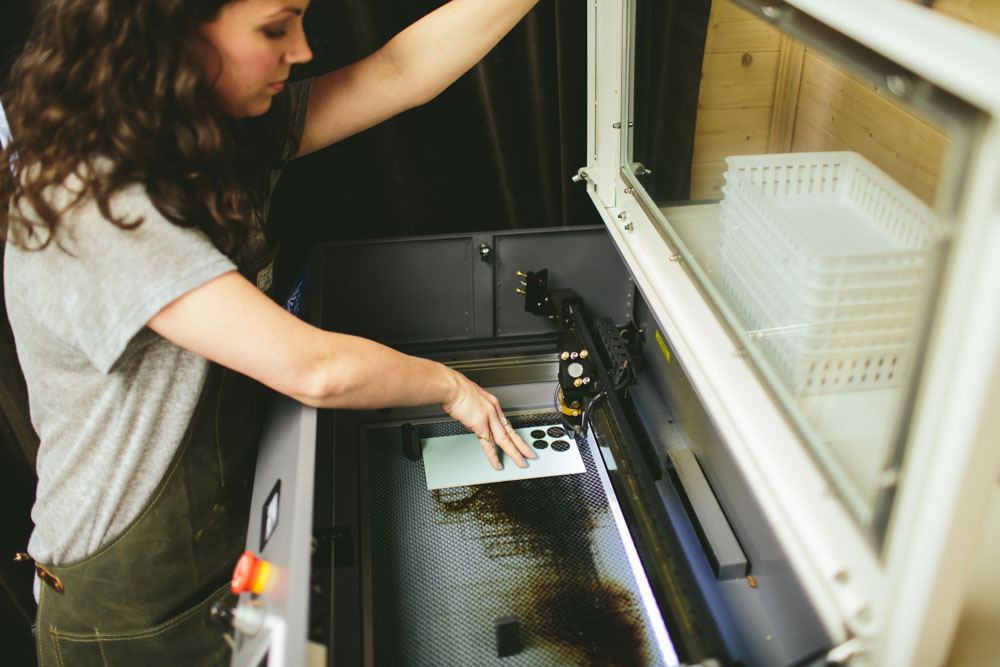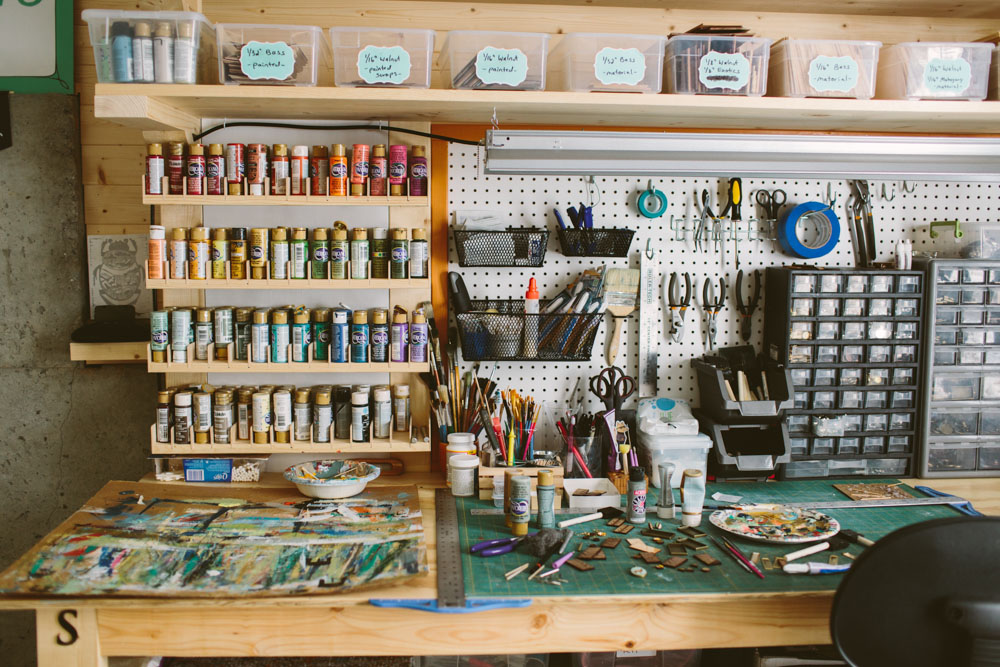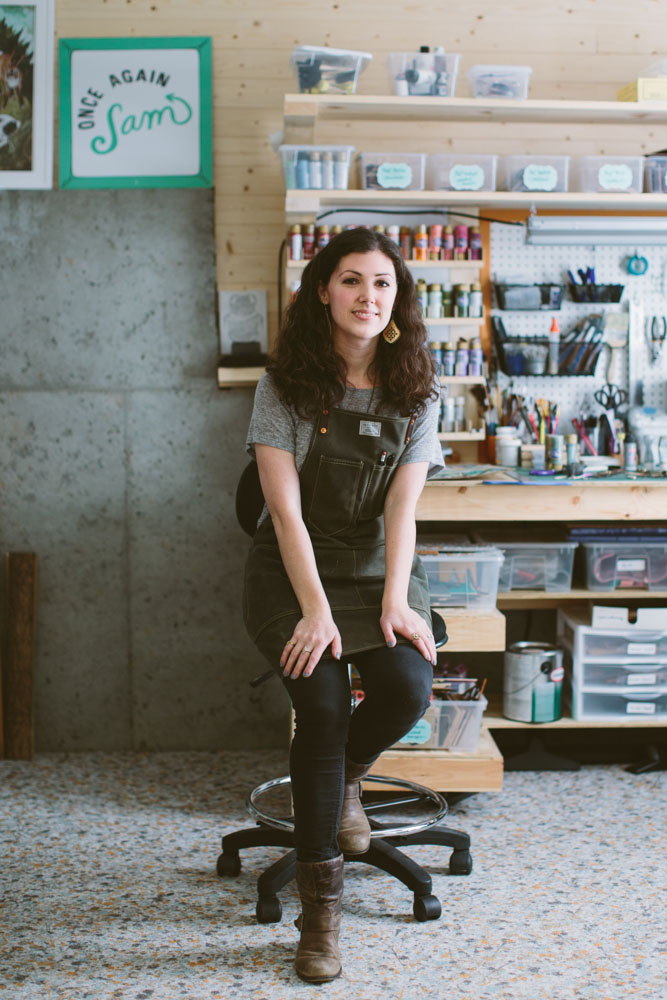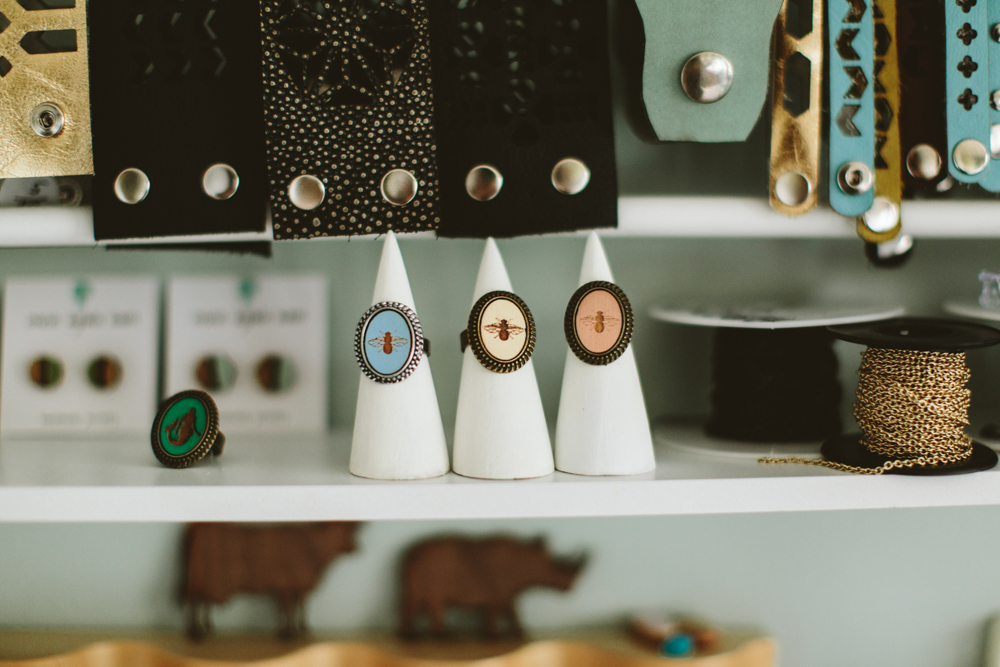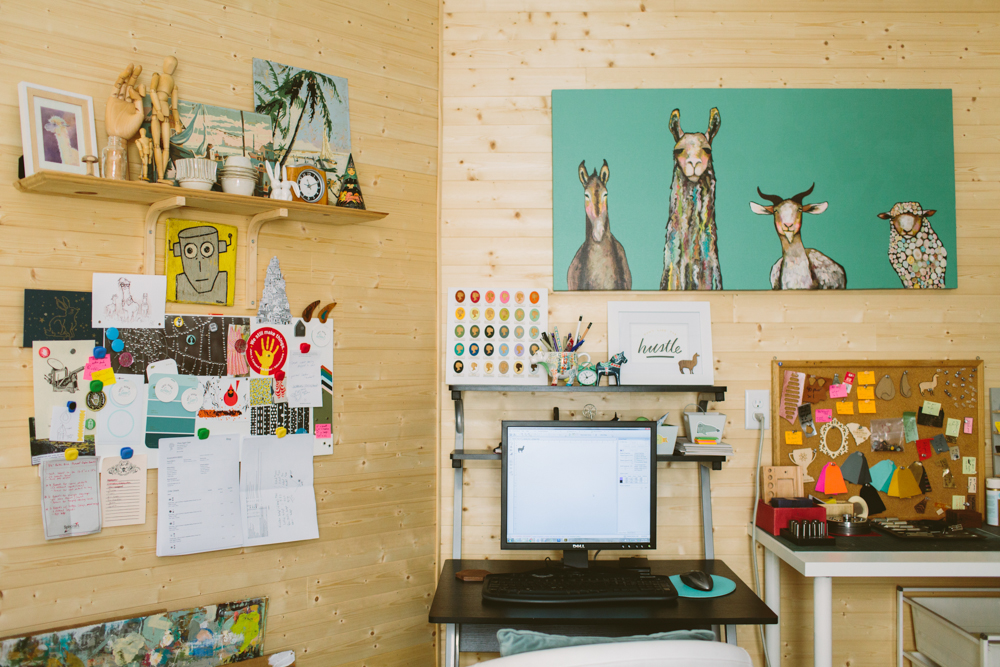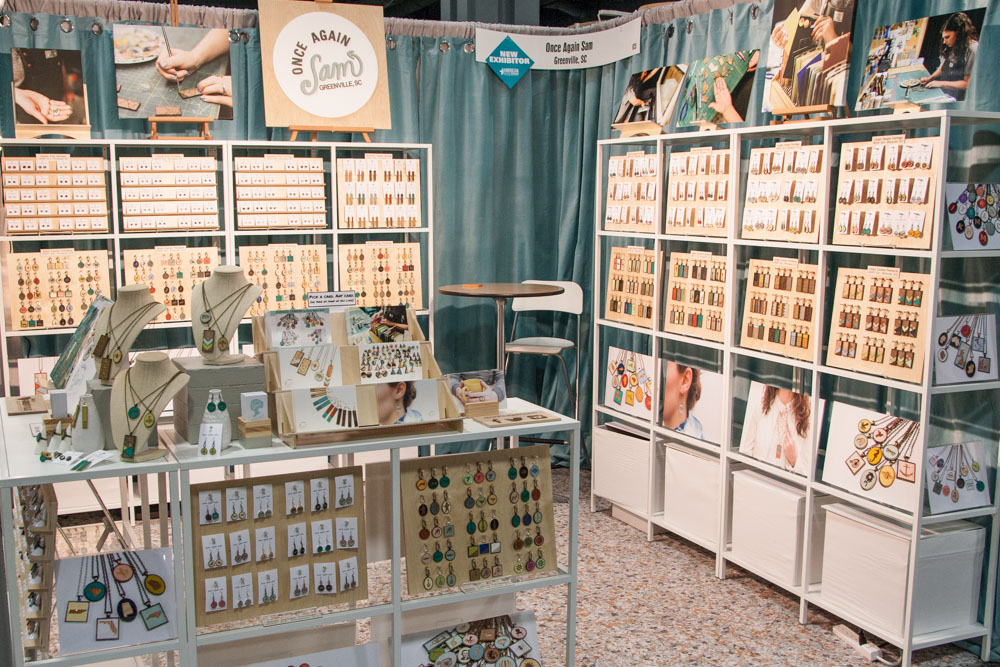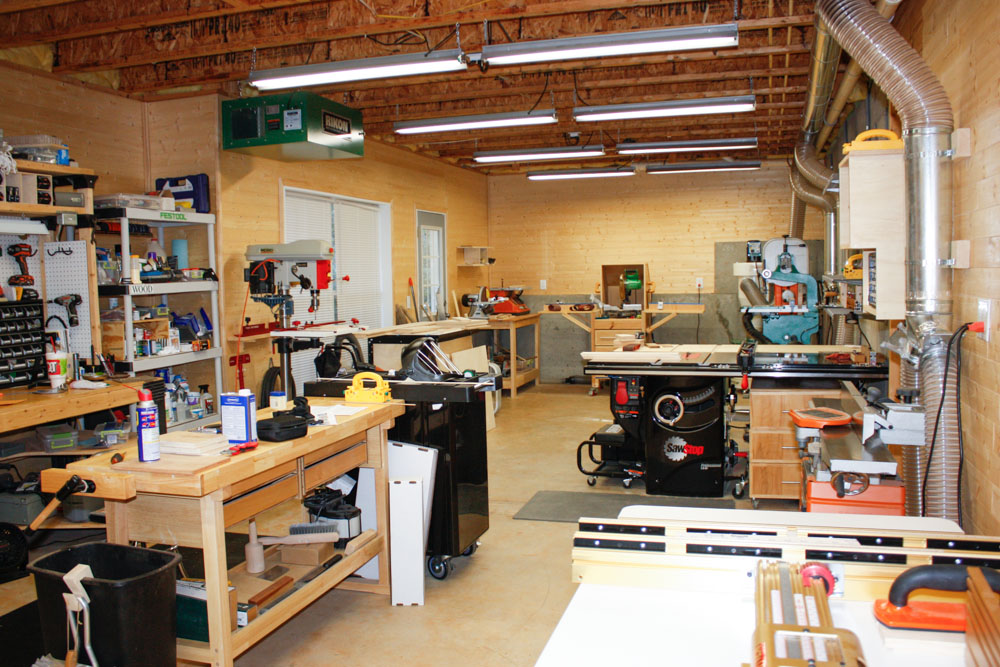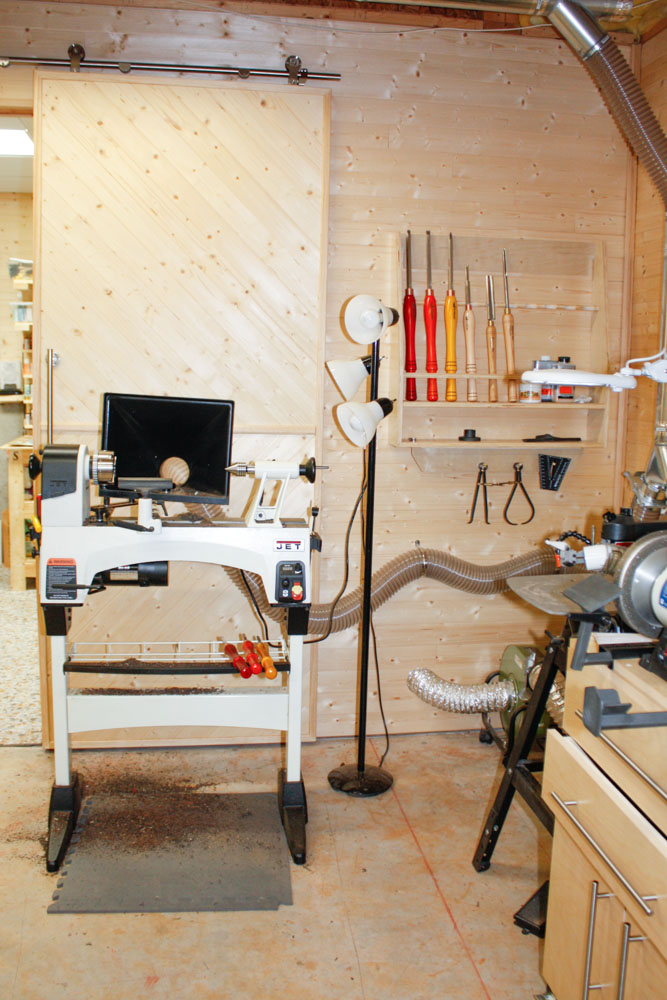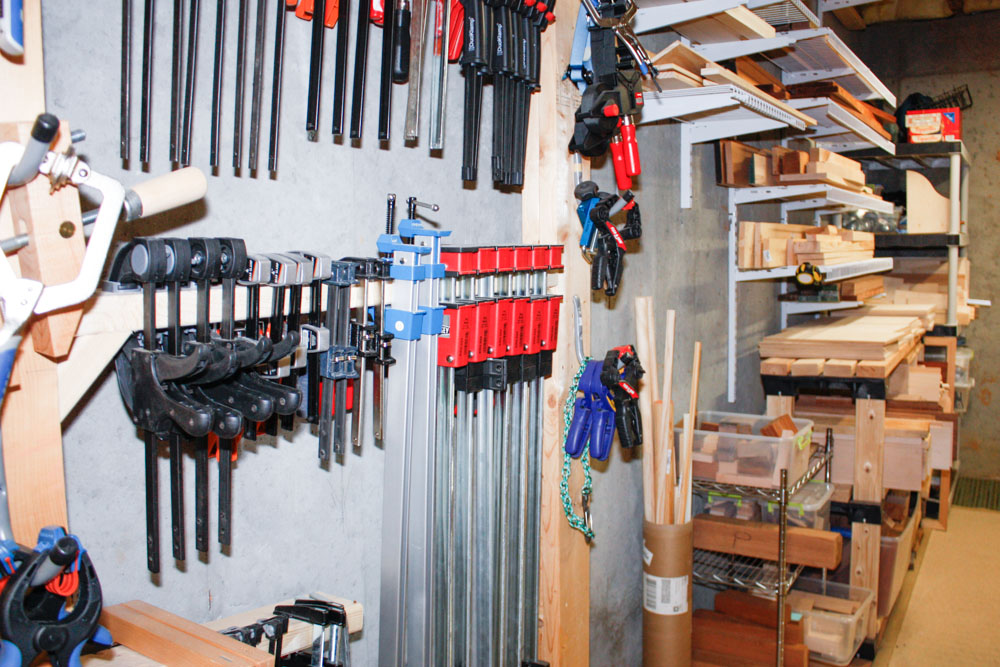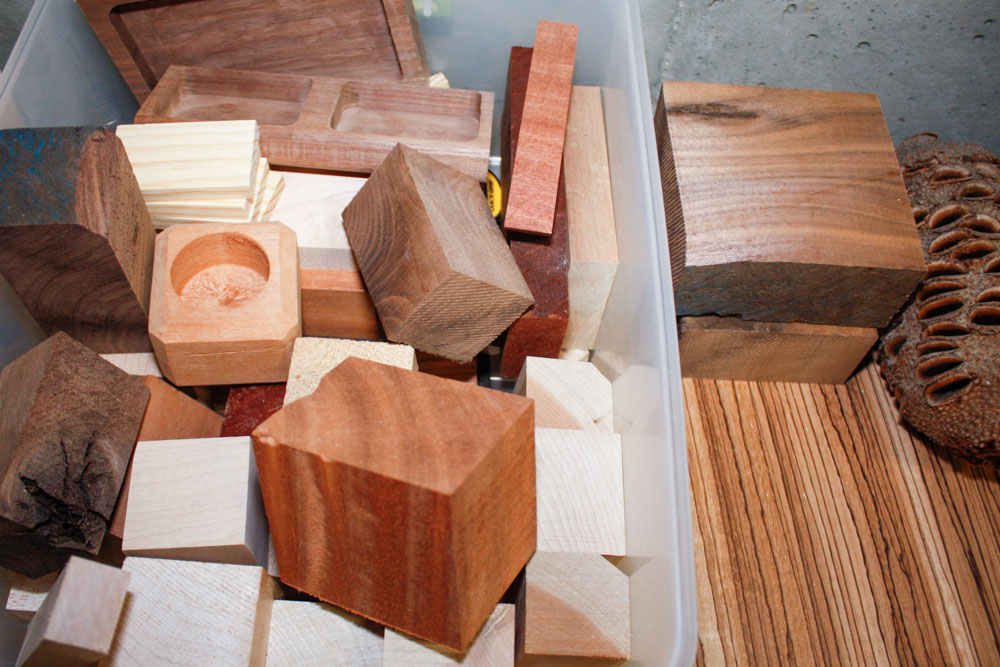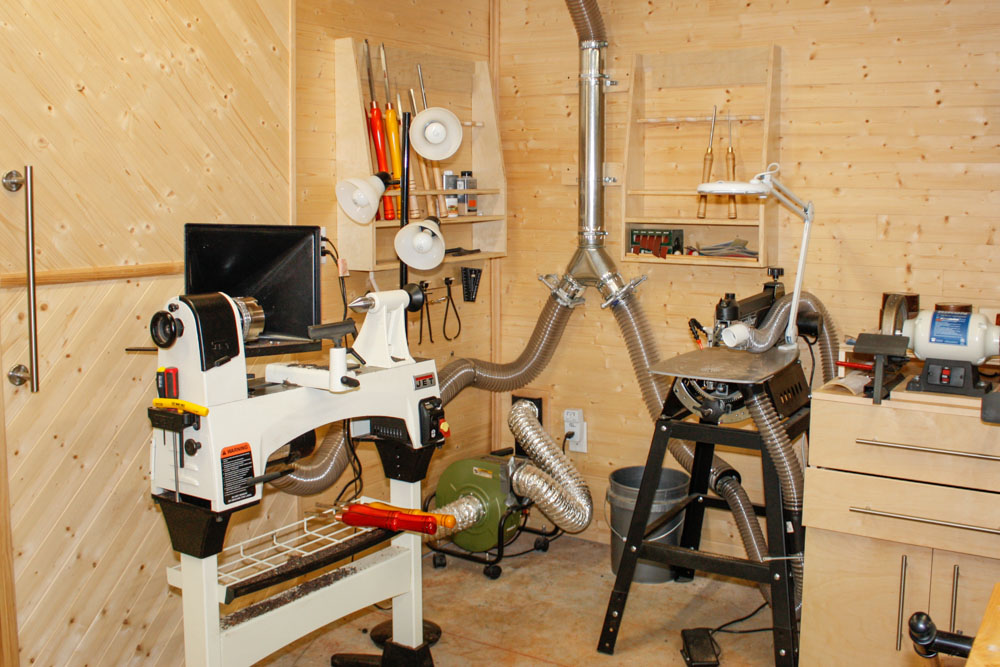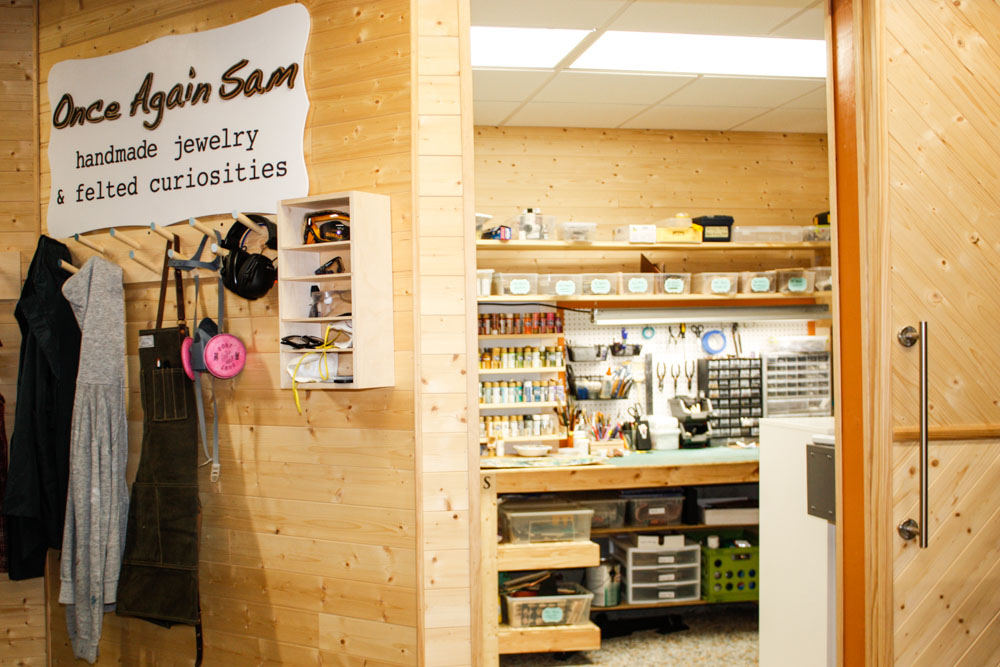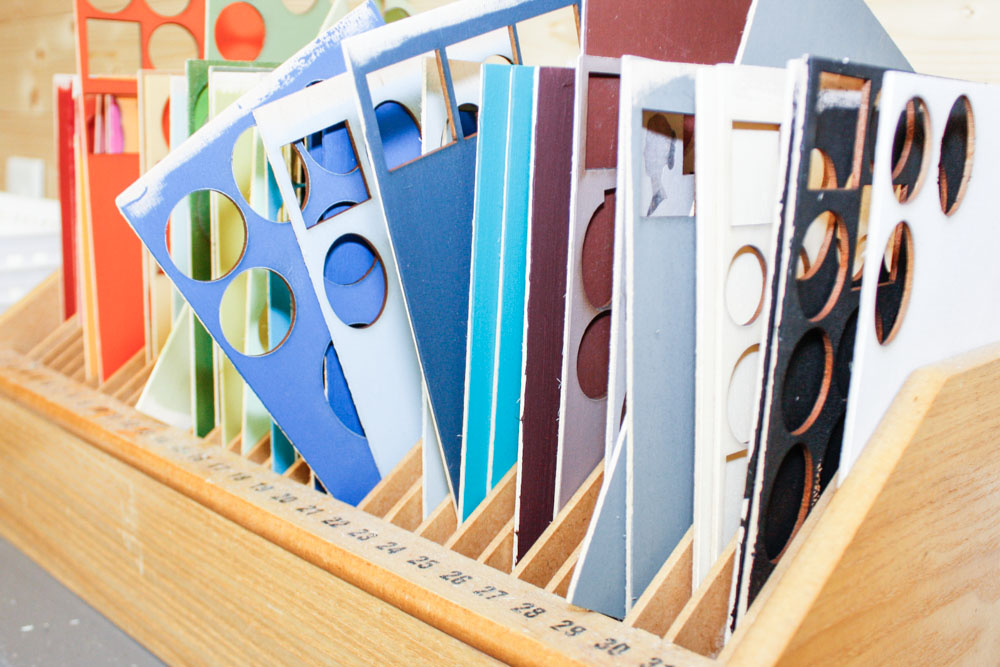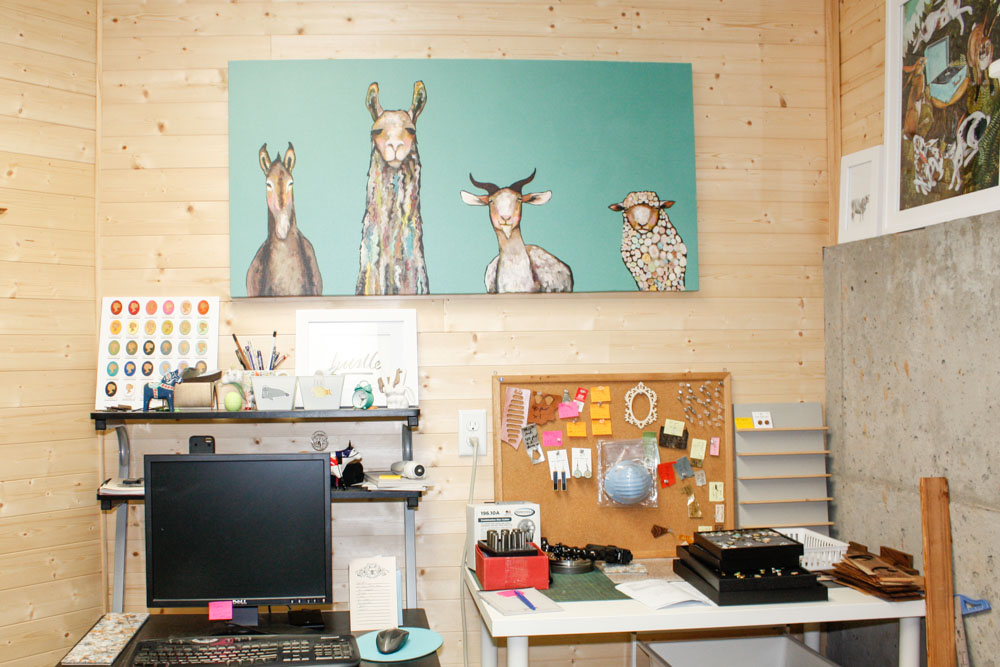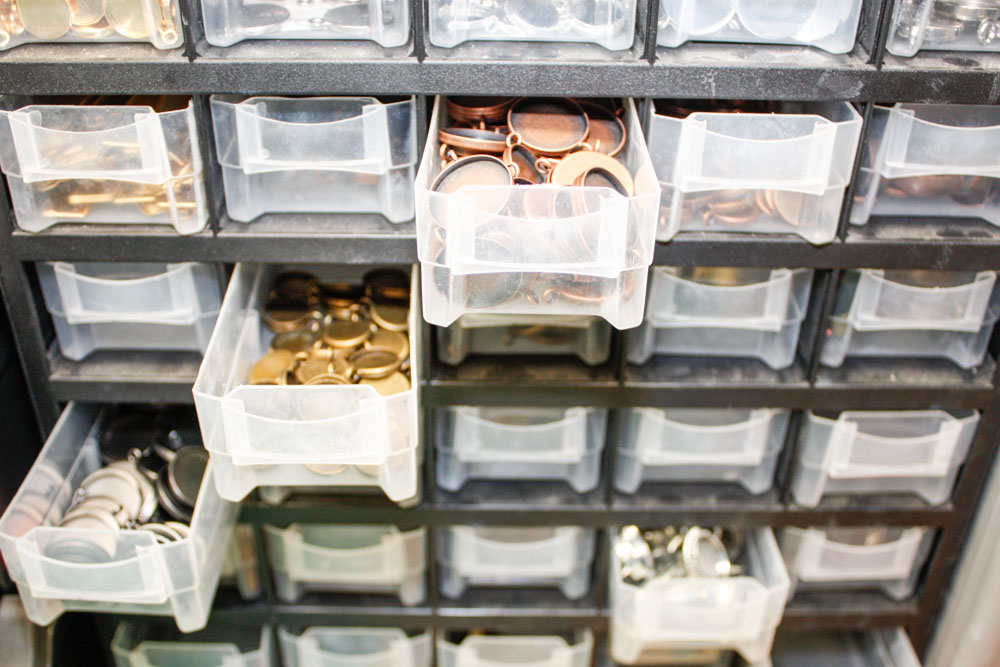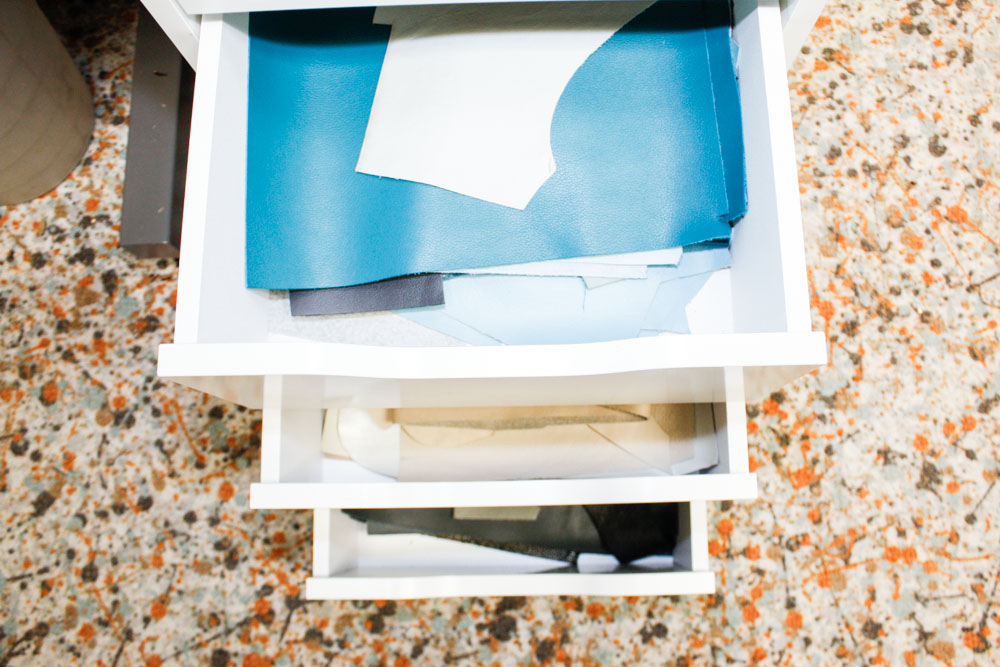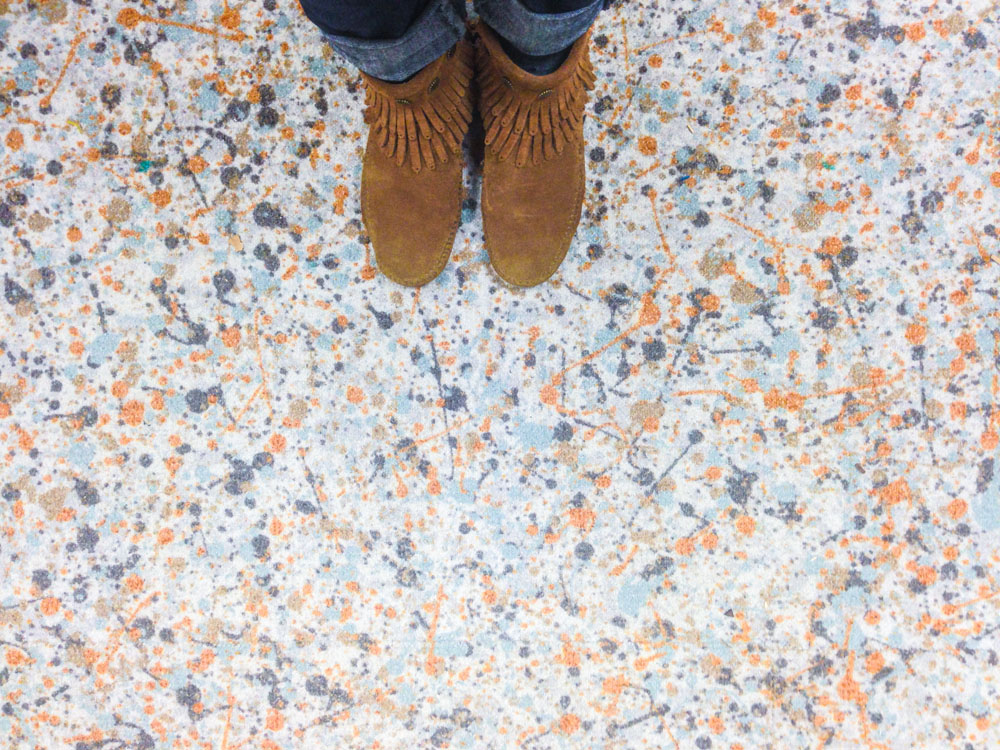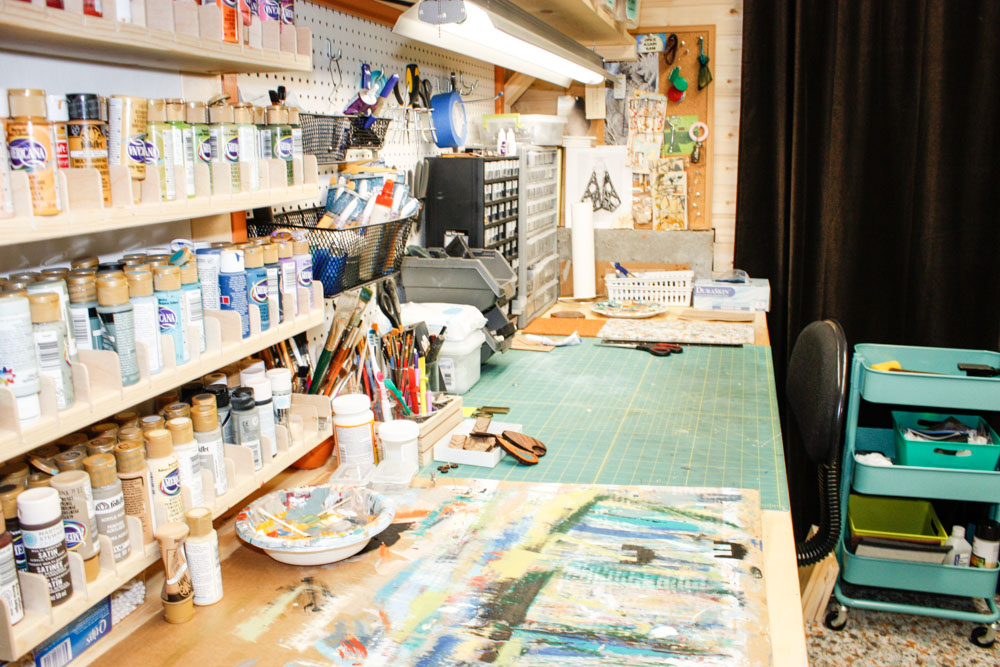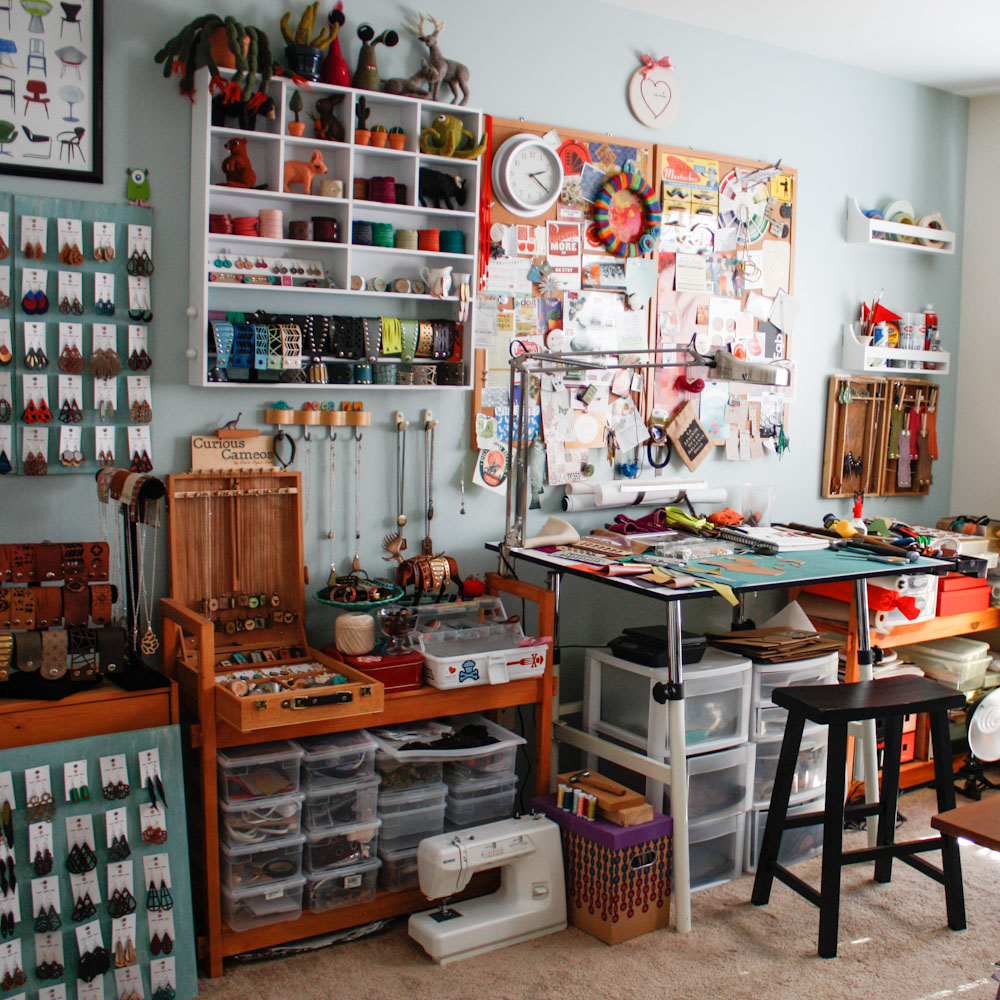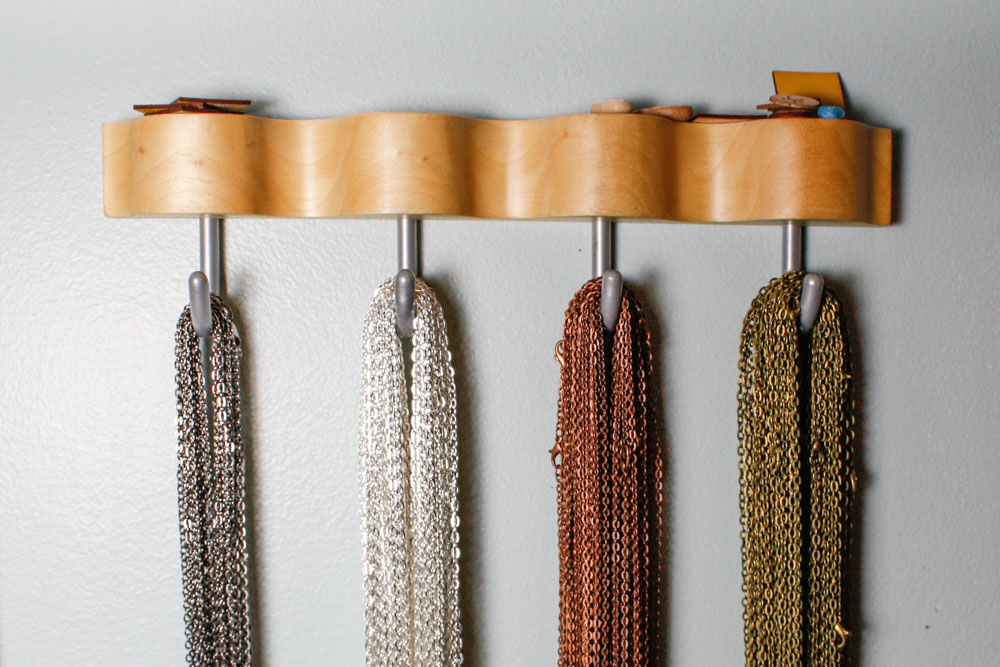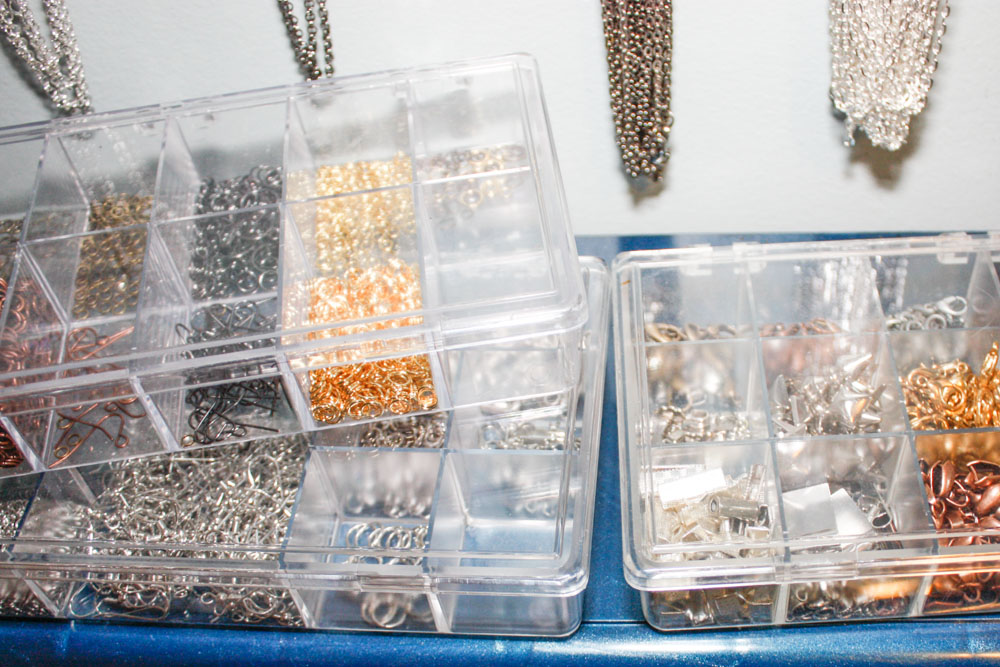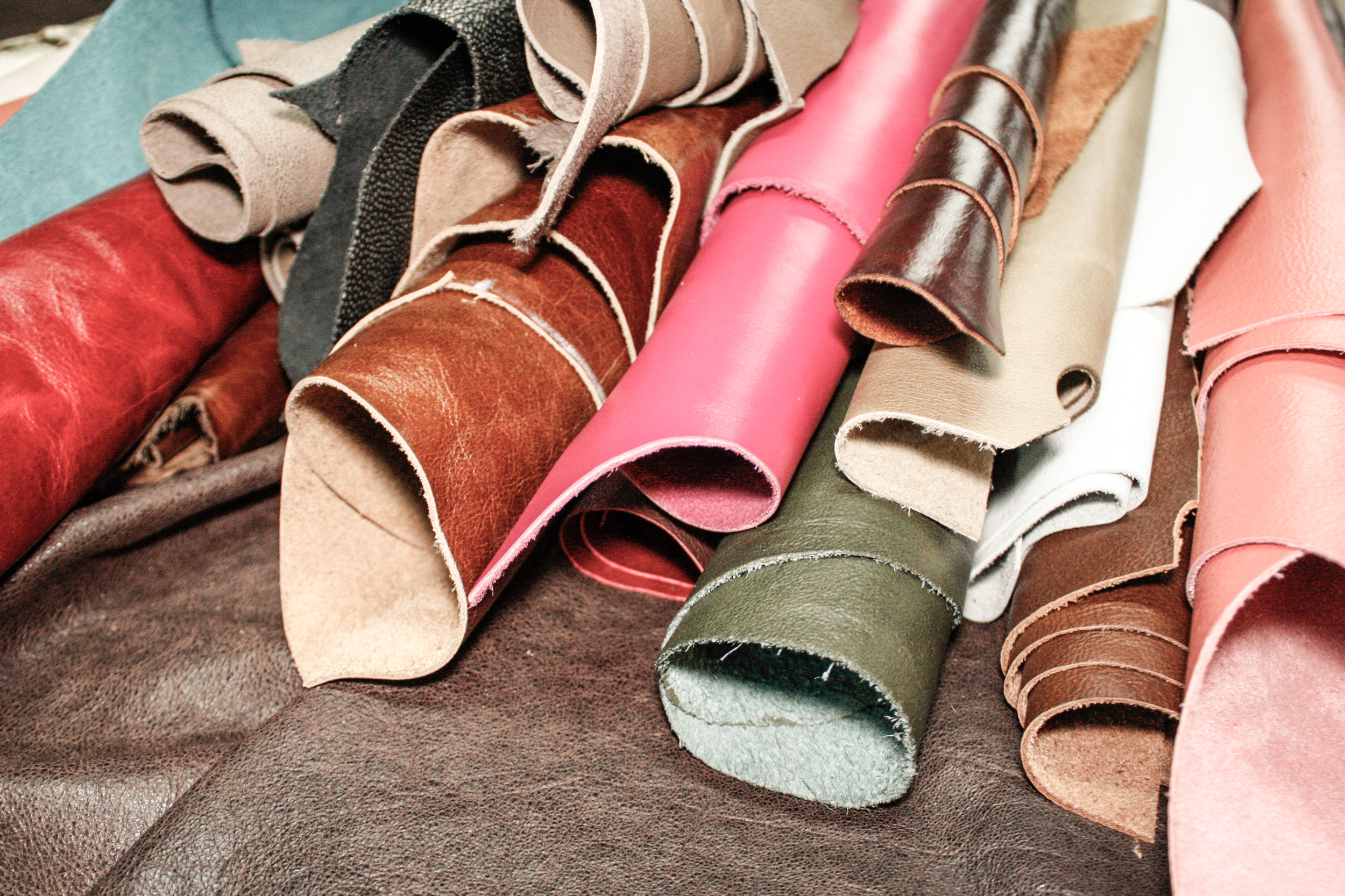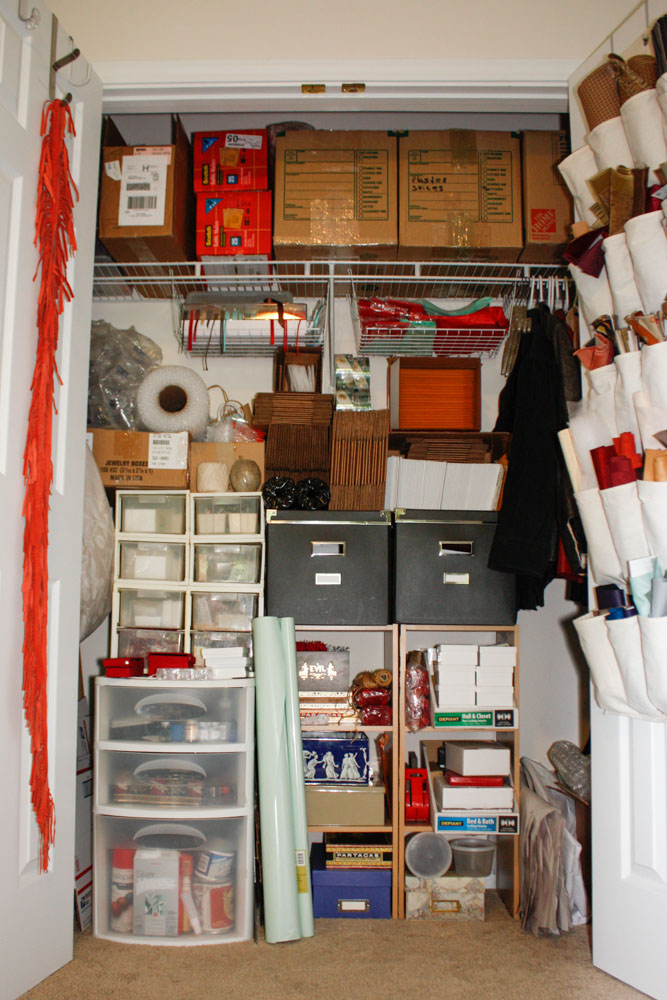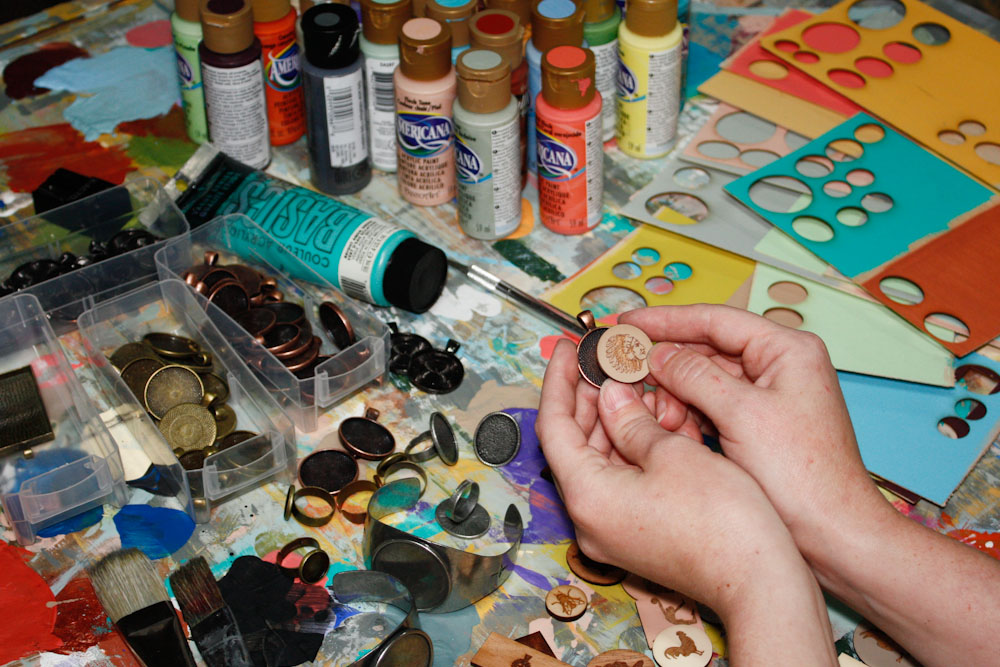Etsy Manufacturing
I’m an American maker, a creative entrepreneur, and as of a few months ago, an Etsy Manufacturer. I’m thrilled to be a part of this marketplace for many reasons. First and foremost, I want to be involved in the vibrant maker community on a local, national, and international level, and Etsy connects us like no other. I’ve been offering laser cutting services for years now, so this new extension of Etsy is a wonderful (and much needed) way to simplify the process of matching up those who need help with those who are able to offer it.
I have invested in equipment for my own business Once Again Sam, and I have skills that are beneficial to others, so Etsy Manufacturing is the perfect fit. Over the years, various businesses have found me and hired out prototypes, production of parts and pieces for their own designs, and in some cases, I have made their entire product from start to finish based on their sketches. There are many many ways these partnerships work, and I think the hardest part of the whole process is finding each other to begin with. Not anymore!
Manufacturing can sometimes be a dirty word in the world of handmade. Negative images come to mind, (shady business practices, unhealthy work conditions in factories, the death of old fashioned craftsmanship, etc.), but it doesn’t have to be that way. There are responsible ways to grow your business by increasing production, or developing your inventions, or even just expanding your product offerings, and Etsy Manufacturing is a fantastic new resource. You can search for assistance by location or by the type of production needed. Some of these Etsy Manufacturers are also Etsy sellers, just like me, and some are small businesses that have been in the manufacturing business for decades. Whatever it is you need, I’m certain you can find someone on Etsy Manufacturing who can make it for you.
Here's what I can do: I have two laser cutters in my studio (a 40 watt and a 90 watt Full Spectrum laser cutter). With these machines, I’m am able to make precise cutouts & engravings on wood, acrylic, paper, cardboard, and leather material (just to name a few). I can help with preliminary design, or jump right into production mode if you’re ready to get started. My minimums are approachable, my prices are reasonable, and my turnaround times are speedy (typically only 1 week once material is acquired).
To find out more please visit my Etsy Manufacturing profile: https://www.etsy.com/manufacturing/2196/once-again-sam
I was thrilled to have Etsy Manufacturing sponsor a professional photography session in my studio recently with the talented Angela Cox of Angela Cox Photography. The photos she took help make my Etsy Manufacturing profile more personal, which is exactly what I wanted. When you work with Once Again Sam, you're working directly with me on a personal level, even if we never meet in person.




